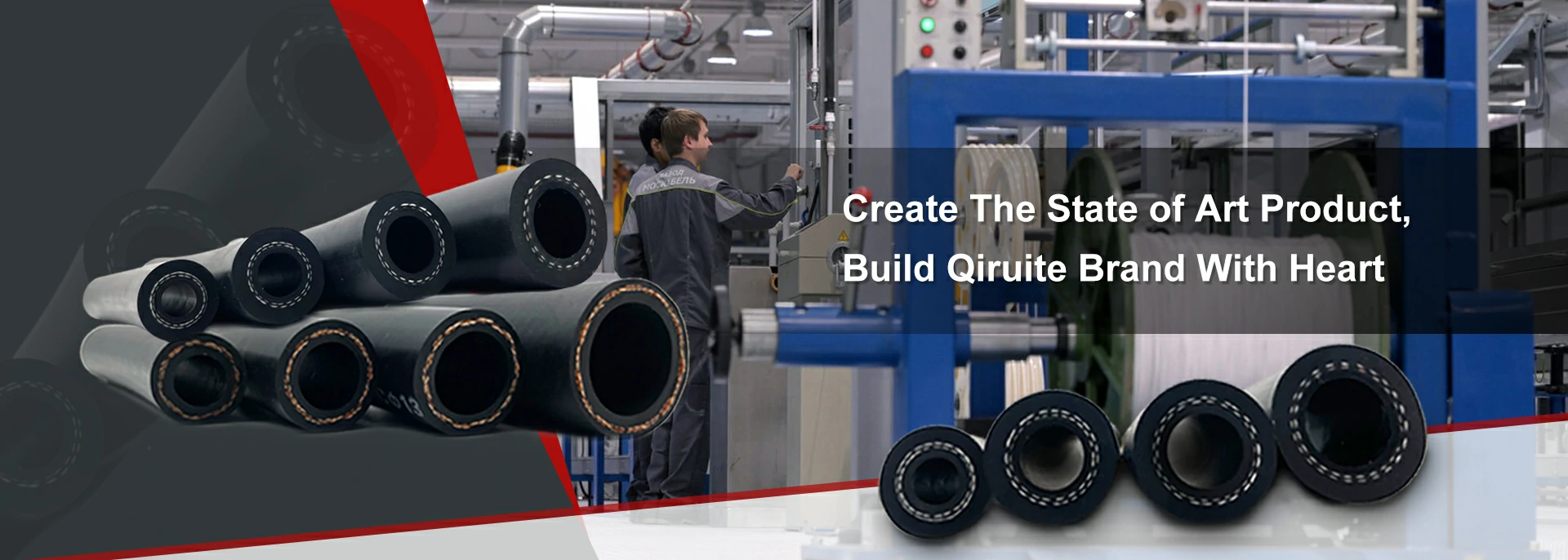Exploring the Benefits and Applications of Marine Power Steering Hoses for Enhanced Boat Performance
Marine Power Steering Hose A Critical Component for Nautical Navigation
In the world of maritime engineering, one key component that often goes unnoticed is the marine power steering hose. This piece of equipment plays an essential role in ensuring smooth and efficient steering for vessels. Understanding its importance, construction, maintenance, and the innovations surrounding it can shed light on why it is crucial for both recreational boaters and professional mariners.
The Importance of Power Steering in Vessels
Marine power steering systems enhance the ease of handling a boat, allowing for minimal physical effort when maneuvering the vessel. Unlike traditional steering mechanisms that may require substantial force, power steering relies on hydraulic systems where fluid movement facilitates turning. This hydraulic system requires a robust hose to transport the pressurized fluid seamlessly between different components.
Construction and Materials
Marine power steering hoses are engineered to handle the unique challenges posed by the marine environment. They are typically constructed from high-quality materials that resist corrosion, wear, and burst pressure. Common materials include reinforced rubber or thermoplastic, which can withstand extreme temperatures and exposure to saltwater, ultraviolet rays, and various chemicals found in marine settings.
The design of these hoses often incorporates layers of reinforcement, ensuring they can tolerate not only the pressure of hydraulic fluid but also the dynamic conditions of a moving vessel. Special attention is paid to the hose fittings as well, which must provide leak-proof connections while being easy to install and remove for maintenance.
Maintenance and Safety
marine power steering hose

Even the most advanced marine power steering hose requires regular maintenance to ensure safety and functionality. Periodic inspections for wear and tears, leaks, and proper fittings can prevent potential failures during critical moments on the water. Boaters should also be aware of the signs of deterioration, such as cracking or bubbling on the hose’s surface.
Routine flushing of the hydraulic system and replacing the hydraulic fluid is another essential maintenance task that can extend the lifespan of the steering system and its components. Following the manufacturer's guidelines and keeping a close eye on the performance can help detect issues before they escalate into more severe problems.
Innovations in Marine Steering Technology
Recent advancements in materials science and engineering have led to innovations in marine power steering systems. Manufacturers are exploring new composite materials that promise even greater durability and resistance to environmental factors. Additionally, improved designs aim to reduce the overall weight of the hoses and associated components without compromising their strength.
Smart technology integration is another exciting development. The incorporation of sensors can provide real-time feedback on steering performance, fluid pressure, and potential issues, alerting the captain to problems before they affect navigation. This trend towards automation and smart systems is in line with broader advancements in maritime technology, enhancing safety and operational efficiency on the water.
Conclusion
The marine power steering hose is not just a simple rubber tube; it is a vital component that ensures safe and responsive steering conditions on the water. Understanding its construction, maintenance needs, and the innovations within the field can empower boaters and professionals alike to maintain their vessels properly. As technology continues to evolve, so too will the tools and components that make maritime navigation smoother and safer, highlighting the importance of seemingly small elements like the power steering hose in the grand scheme of marine operations. Whether for leisure or commercial purposes, the quality and reliability of these hoses remain a cornerstone of successful maritime endeavors.
-
Ultimate Spiral Protection for Hoses & CablesNewsJun.26,2025
-
The Ultimate Quick-Connect Solutions for Every NeedNewsJun.26,2025
-
SAE J1401 Brake Hose: Reliable Choice for Safe BrakingNewsJun.26,2025
-
Reliable J2064 A/C Hoses for Real-World Cooling NeedsNewsJun.26,2025
-
Heavy-Duty Sewer Jetting Hoses Built to LastNewsJun.26,2025
-
Fix Power Steering Tube Leaks Fast – Durable & Affordable SolutionNewsJun.26,2025

